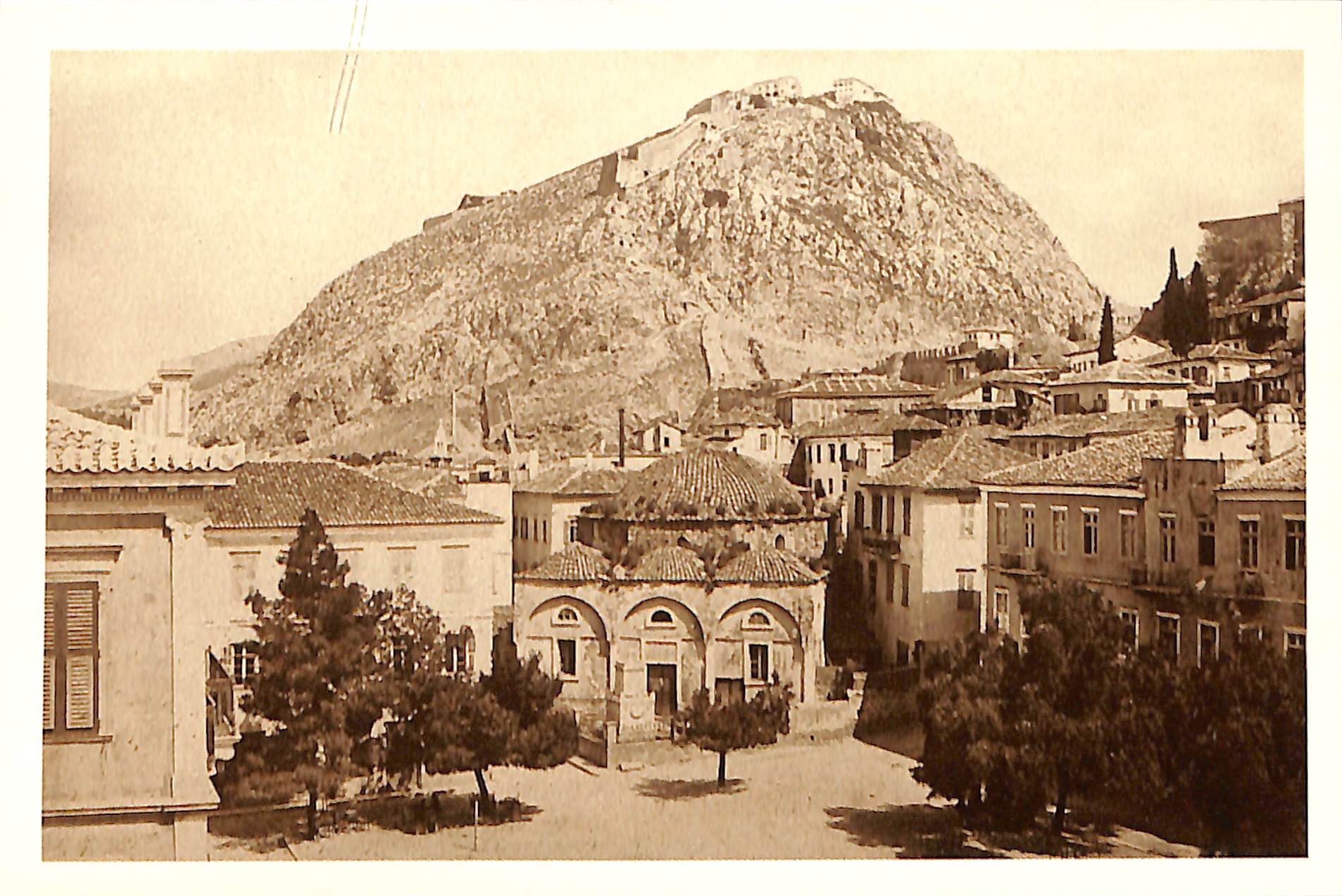
4/29/2025 10:10:48 AM
The Fortress of Palamidi in Nafplio
The Fortress of Palamidi stands atop the hill of the same name in Nafplio, at an altitude of 216 meters. It occupies a strategic position overseeing the Argolic Gulf, to the east of the Acronauplia. The Palamidi was first fortified by the Venetians during the period of the Second Venetian Rule (1711–1714), with a highly advanced system of modern fortifications. It is a classic example of a bastioned fortress, following the design principles of the bastion system, based on plans by engineers Giaxich and Lasalle. In 1715, during the last Venetian–Ottoman War, the Ottomans captured the fortress after blowing up part of it. They held it until 1822, when it was taken by the Greeks in the second year of the War of Independence. Architecturally, the fortress consists of eight bastions, all surrounded by walls. It also features a steep, stepped ascent reinforced with small battlements, leading to the interior from its northwestern side. Inside the bastion of Saint Andrew, there is a church dedicated to the saint. The church is covered by a semicylindrical vault and its eastern half extends into one of the arches supporting the wall walk. The free-standing part of the church is built with two aisles. One of the most significant monuments within the fortress is the prison of Theodoros Kolokotronis, located in the bastion known as "Miltiades." Kolokotronis was imprisoned there in 1833 and released 11 months later by royal pardon from King Otto. Pictured: View of the city of Nafplio with the Fortress of Palamidi in the background, 1890. ©Municipal Photography Museum of Kalamaria ‘Christos Kalemkeris’.

